
eXtensions - Tuesday 1 October 2024
By Graham K. Rogers

The announcement of Harman Phoenix was a surprise earlier this year. I tried the original 35mm film, but knew I would have better results with 120 - Medium format. That was released a few weeks ago and my first roll, shot at EL 100, rather than the 200 ISO box speed, produced some fair results in the Siam area of Bangkok
When I first starting taking photographs (late 1950s), color film was hard to find and expensive, so most photographs I took were black and white. I did try color with my first SLR cameras in the 1990s. It was easier to have developed and was also relatively inexpensive. Then digital cameras appeared and I was sold. I had several over the next few years, ending up with the Nikon D850 which was highly regarded. It still gives me good output, with large 46mp RAW files.

About 8 years ago, I bought a used Hasselblad 500cm. This uses 120 film giving 6x6 negatives with 12 images to a roll. In the last few years I have taken a lot of black and white photographs. I like to claim that going back to film, with the care that must be taken, has made me a better photographer: digital as well. Since buying the Hasselblad, I have bought other used cameras, including 35mm devices, although I prefer the larger, medium format: much easier for me to scan and the resultant negatives have more information.
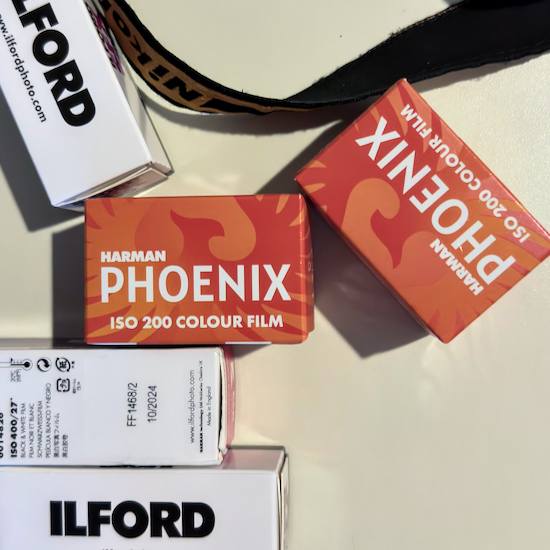
|
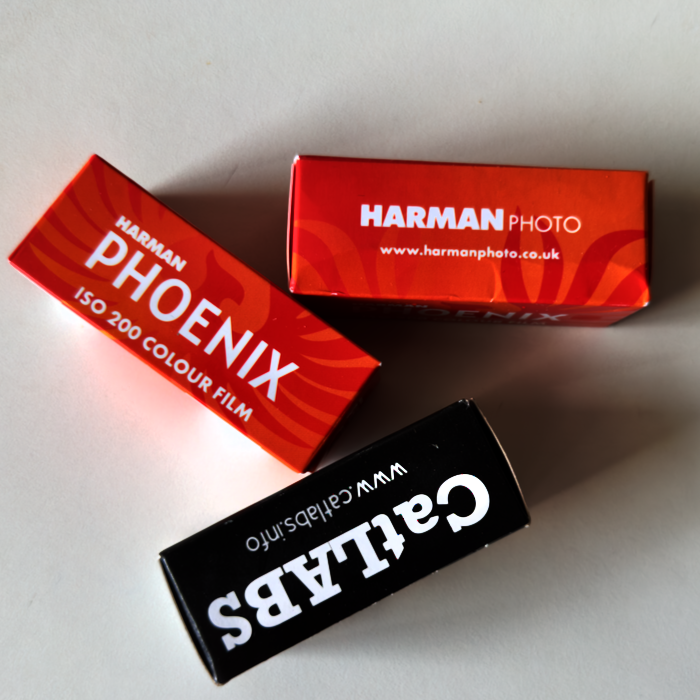
|
Film photography has gained in popularity in recent years. Although there are only a few new cameras being produced (Leica, Chroma, Pentax) there have been several new films. Lomography has a few what have been called boutique films such as Lomography Purple, Turquoise, and the 35mm-only Fantome 8 (ISO 8). Other film developers have brought out new films, like the reliable Ilford, with its Ortho 80. Not so long ago, Ilford's parent company, Harman, surprised a lot of us, with a color film: Phoenix. It was marketed under the brand of Harman, to clearly differentiate it from Ilford with its monochrome credentials. Several online reports showed the output of the experimental film. I gave it a try in my Nikon F3, but was not overwhelmed shooting at box speed (200 ISO). Among the problems I had were exposure, a lens fault, overcast skies, and the scanning. I also needed 120 film.
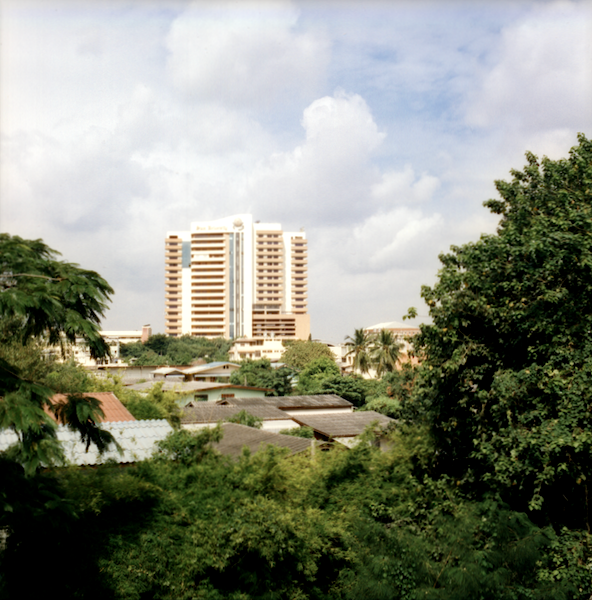
|
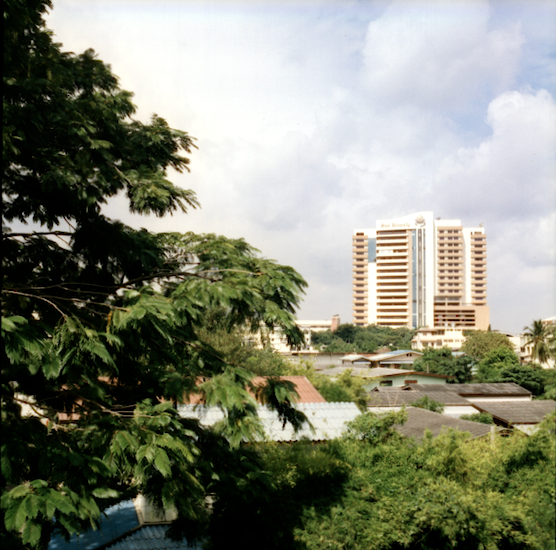
|
I was clearly not alone, as earlier this month the 120 version of Phoenix was announced. As with the 35mm film, selected photographers were provided with pre-release rolls and a number of reviews were available right away. It took a few days before Phoenix 120 was available in retail outlets and I ordered mine from Camera, Film Photo in Hong Kong and it arrived a few days later.
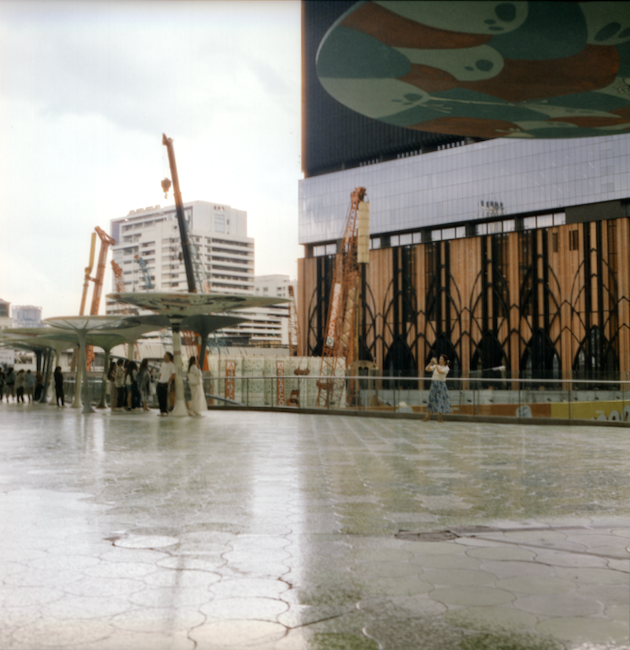
|
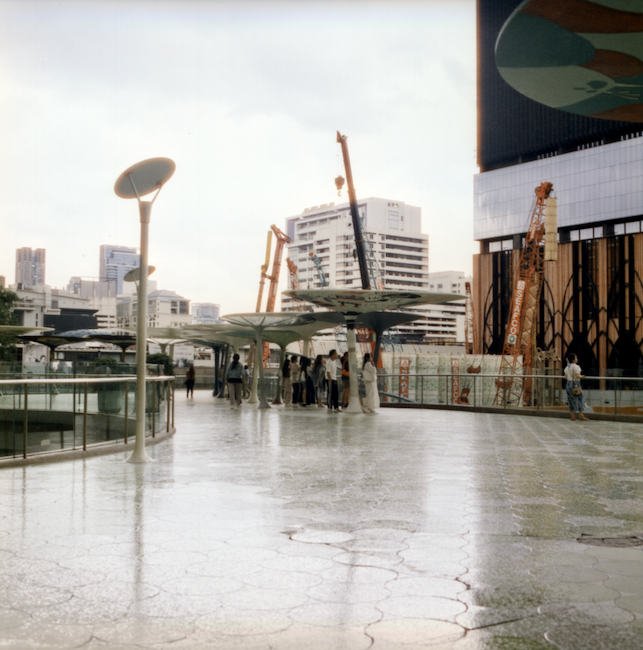
|
Some of the easily reviews commented on the sharpness, reduced grain, and the halation, recommending that instead of box speed (200 ISO) they had taken photographs at 125 or 100. As my light meter does not show 125, I shot the first roll in the Hasselblad at 100 in mixed lighting conditions: sunlight, darker interior, and bright but rainy. It does better in good light.

|

|

|

|
When I collected the film from developing I was pleased at the clarity of the negatives and had high hopes. On the whole I was not disappointed, although I am still wondering about the right levels for white balance. I scanned the 12 images with a Canon 9000F flatbed scanner, using Hamrick Software's VueScan and the Generic color settings. The way I have that set up, each TIFF image that I scan is just under 200MB (black and white TIFF scans are about 60MB).

|

|

With post-editing, I was careful not to over-edit. This is often a problem and Zhen Siang Yang (FStoppers) has some good advice on this. My usual approach is to adjust the sliders and then go back 50%: less is more. Only one image was a real dud. This was taken in a darker environment with a bright light source in front of the camera. The rest were taken in good light and Phoenix seems to perform better in such favorable conditions. I look forward to the next roll which is in a Rolleiflex TLR.

|

|
Graham K. Rogers teaches at the Faculty of Engineering, Mahidol University in Thailand. He wrote in the Bangkok Post, Database supplement on IT subjects. For the last seven years of Database he wrote a column on Apple and Macs. After 3 years writing a column in the Life supplement, he is now no longer associated with the Bangkok Post. He can be followed on X (@extensions_th). The RSS feed for the articles is http://www.extensions.in.th/ext_link.xml - copy and paste into your feed reader.

For further information, e-mail to
Back to
eXtensions
Back to
Home Page